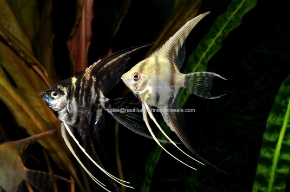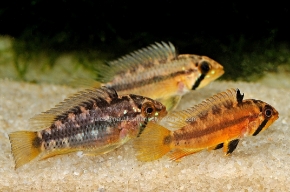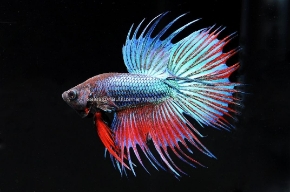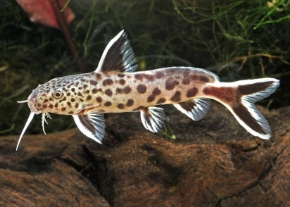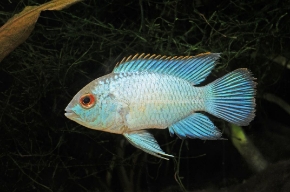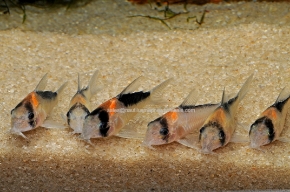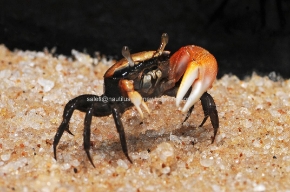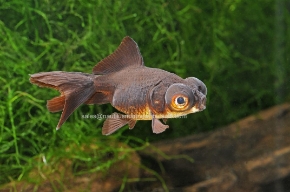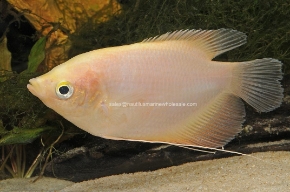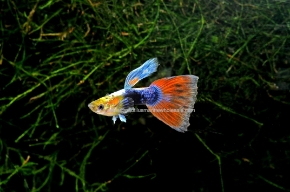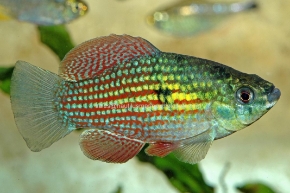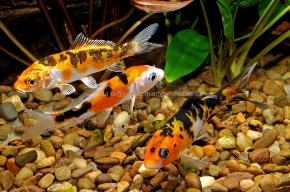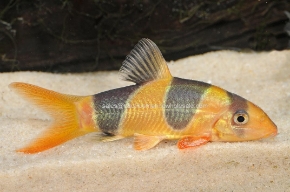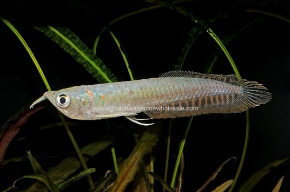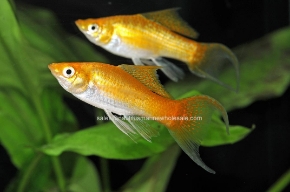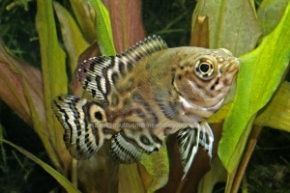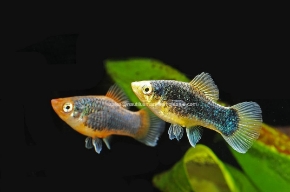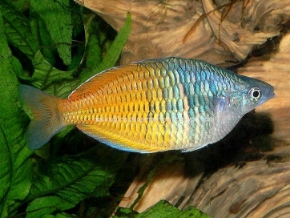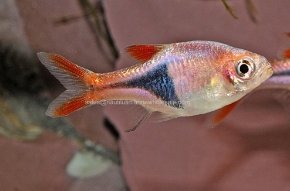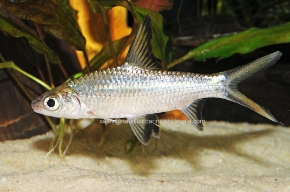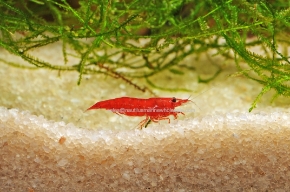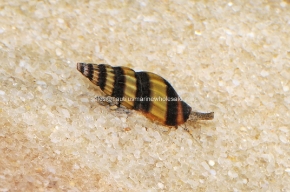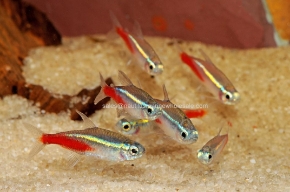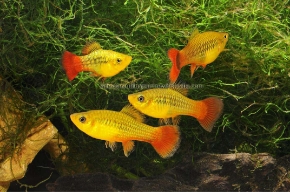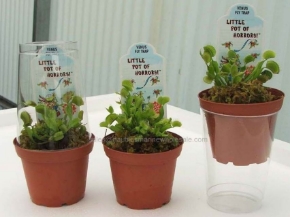SCIENTIFIC NAME: BALANTIOCHEILOS MELANOPTERUS The Bala Shark, also known as the Silver Shark and Tricolor Shark, is great for the semi-aggressive or peaceful community aquarium. This is one of the more passive freshwater sharks, and they are an active fish that will be visible during the day. This species is not a true shark, but is commonly so called because of its torpedo-shaped body and large fins. Obtaining a maximum size of 14 inches, the Bala Shark is a beautiful fish with a metallic silver body with a yellow and black dorsal and caudal fin. Bala sharks are found in mid-water depths in large and medium-sized rivers and lakes. It requires a very large aquarium at least 6 feet long, with driftwood, rocks, and spots of dense vegetation. This shark does best in small groups of 5 or more, as they prefer to school in the aquarium. They are a hardy fish that will tolerate temperature changes, pH changes, and other factors to which other fish may be sensitive. The water pH should be 6.0–8.0. Water temperature should be kept between 72–82°F. This particular species requires a covered aquarium as it is a skilled jumper, but may injure itself on the lid of the tank. Live plants or tall décor are recommended at the ends of the tank to prevent this speedy fish from becoming startled and darting into the glass, injuring or killing it in the process. Unfortunately, the Bala Shark is labeled as endangered because the wild population decreased by 50% in the last 10 years. However, all individuals exported from Indonesia and Thailand by the aquarium-fish trade are captive bred. An omnivore, the Bala Shark is not a particularly finicky eater. They feed on phytoplankton, but mostly on small crustaceans, rotifers, and insects and their larvae in the wild. In the home aquaria, a high quality flake food, freeze-dried bloodworms and tubifex, as well as vegetable-based foods should be fed (often times Bala Sharks favor peas). Interestingly enough, Bala Sharks have also been known to occasionally produce a clicking sound that can be heard outside of the aquarium.


